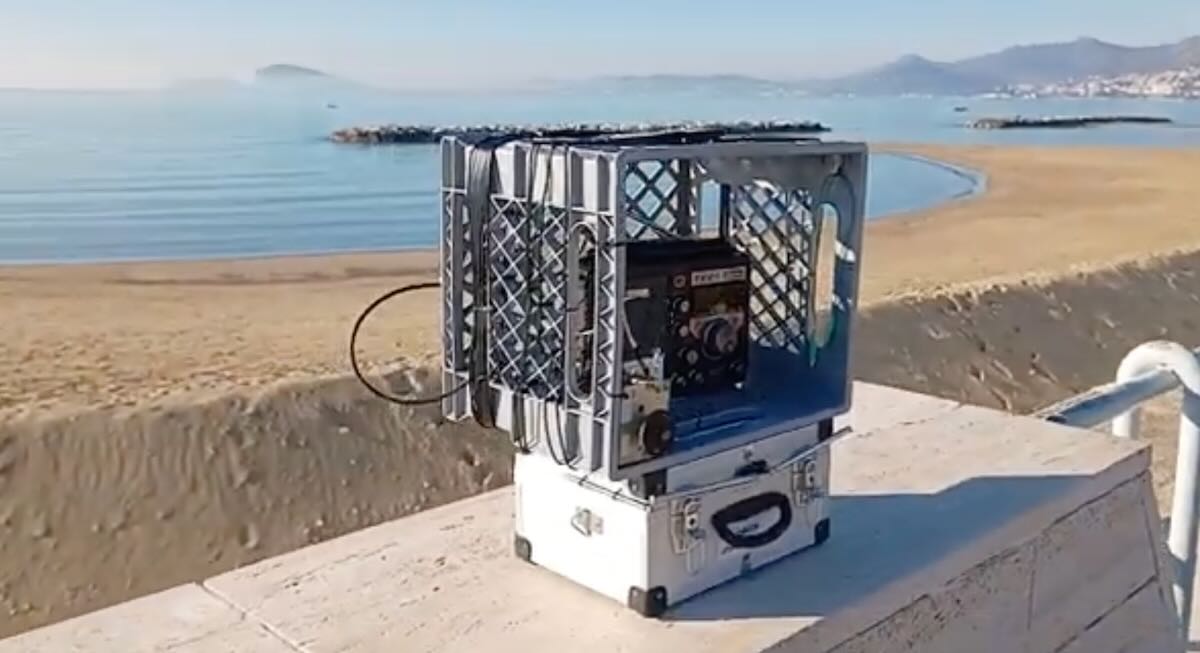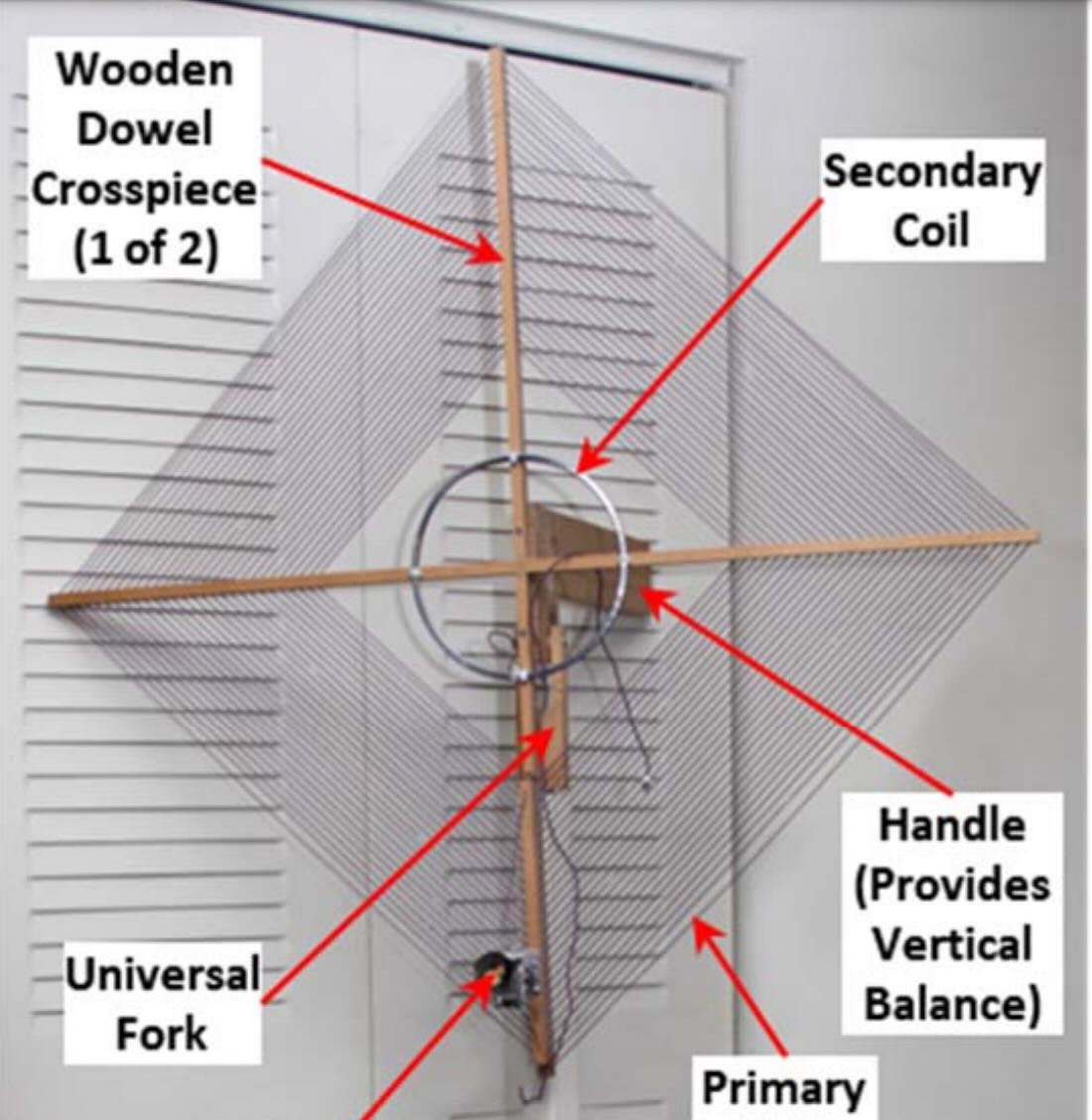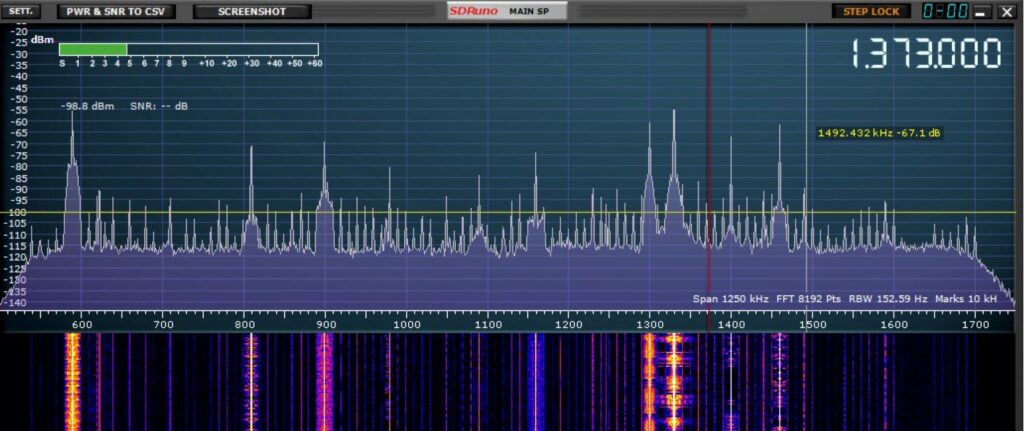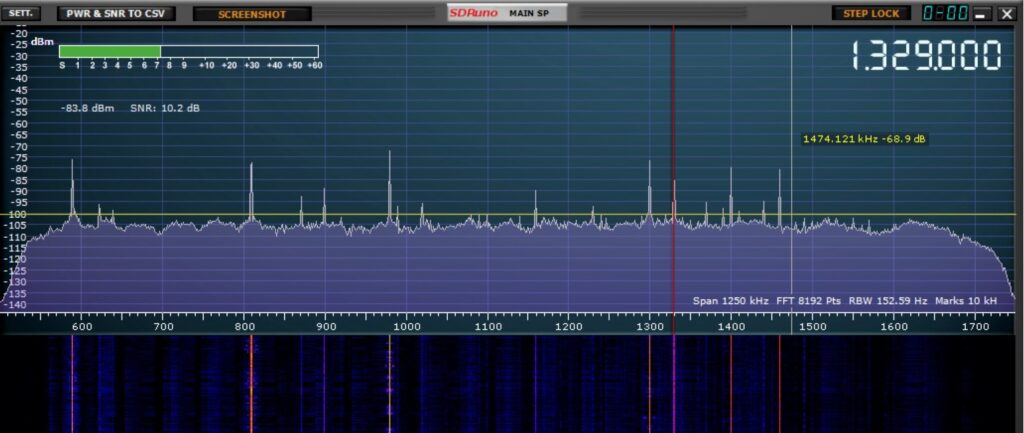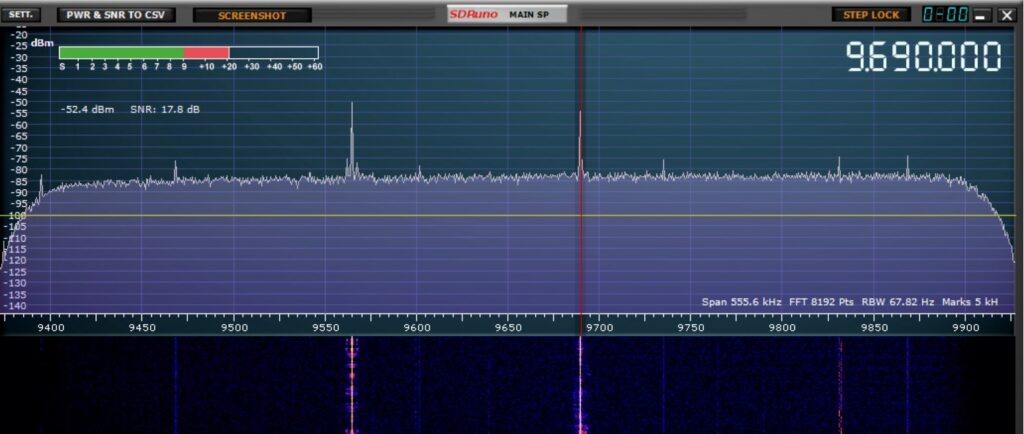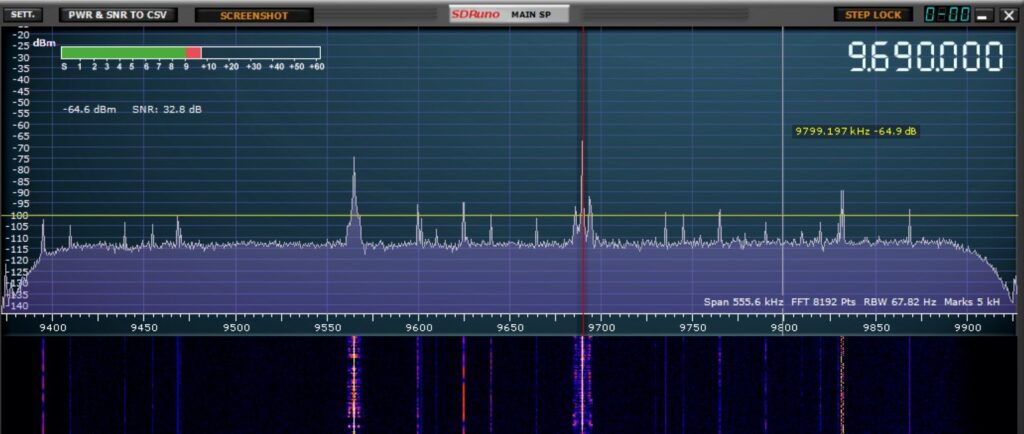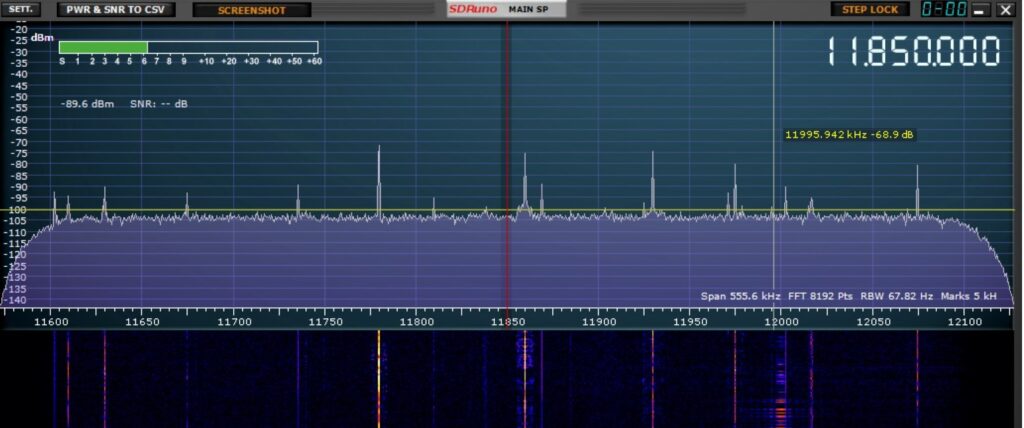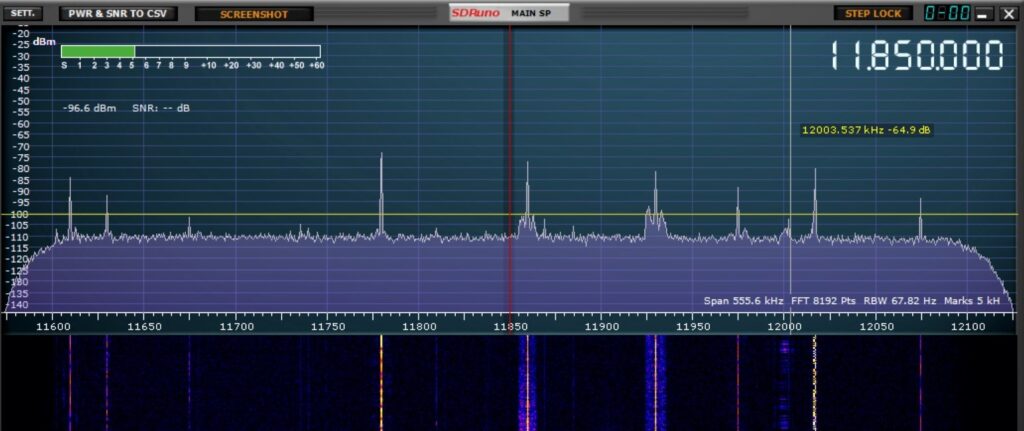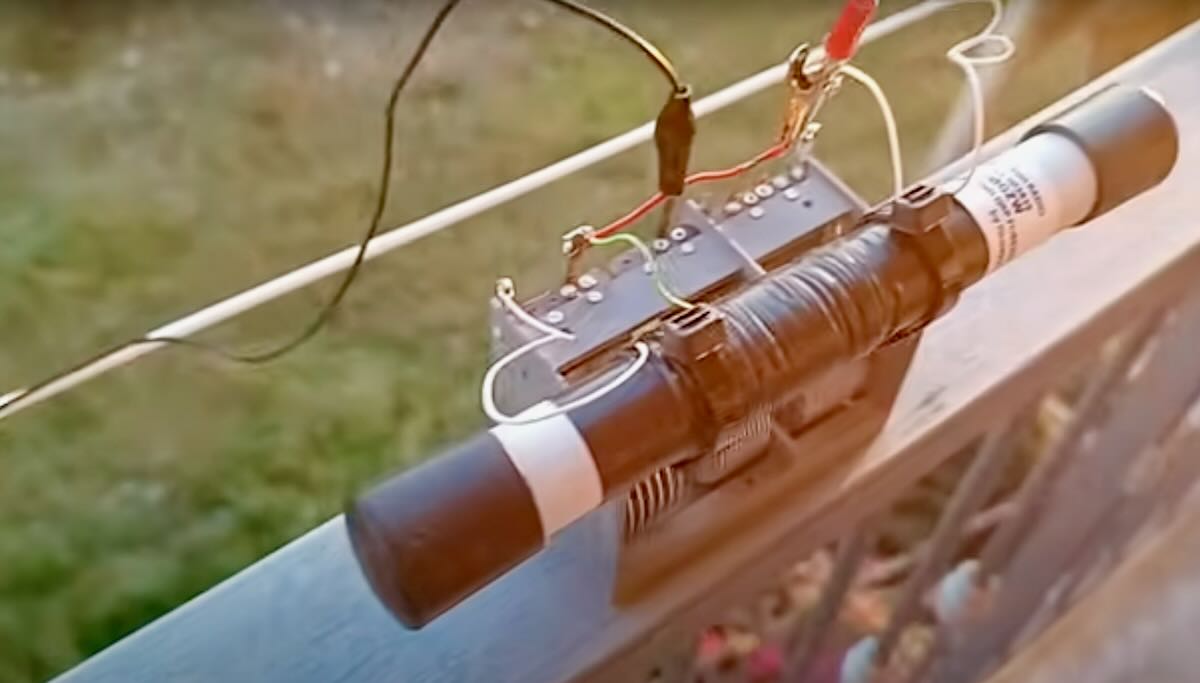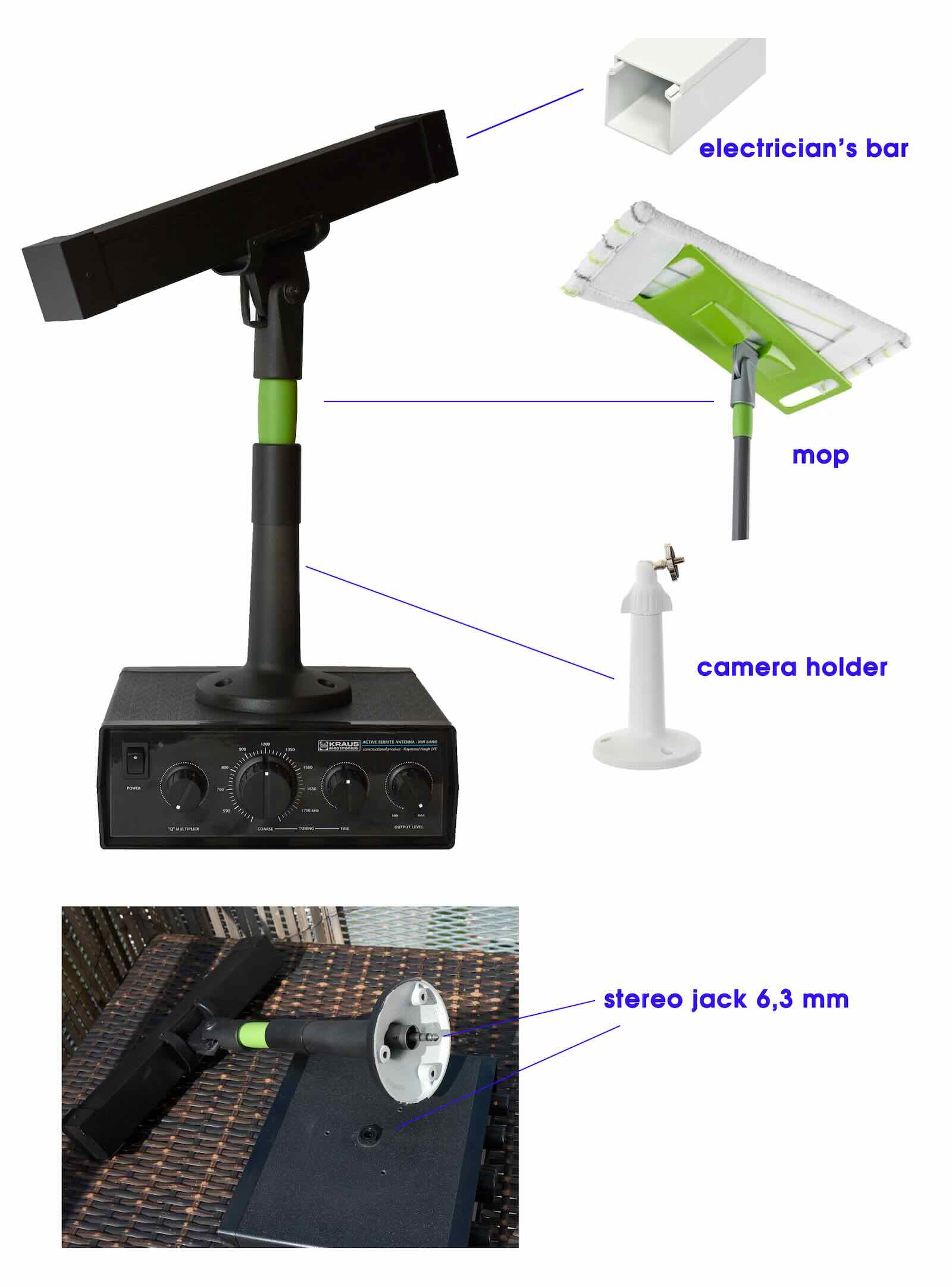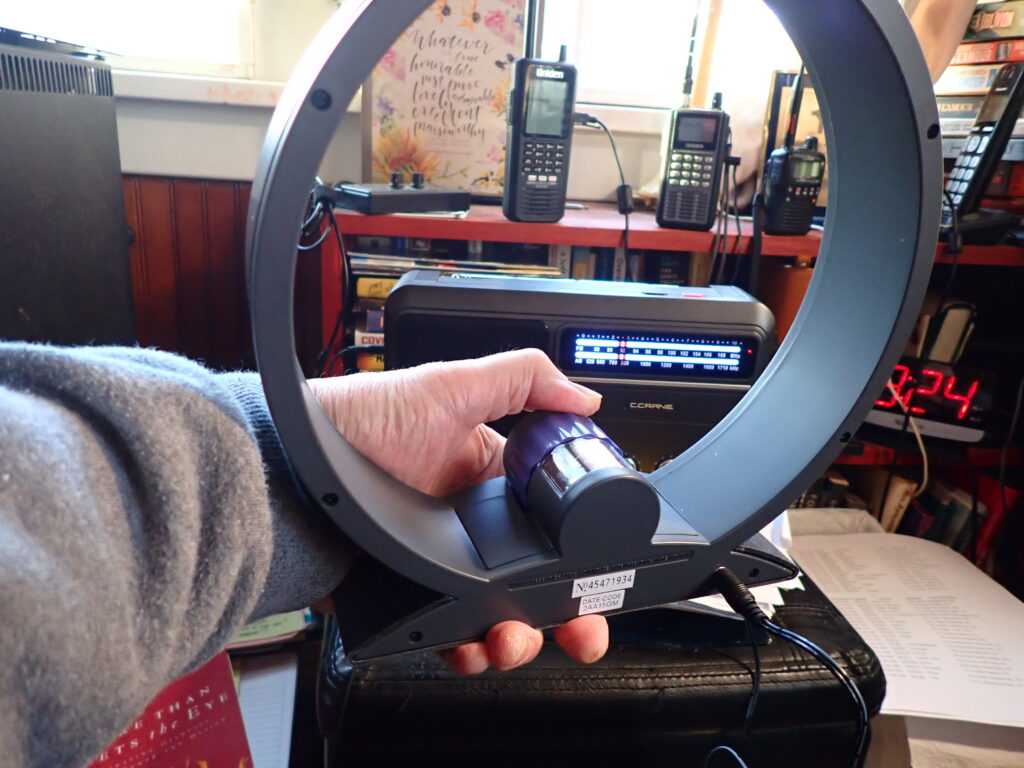
By Jock Elliott, KB2GOM
It’s funny how you can start out thinking about how to solve a problem, the whole process takes a turn, and you wind up with an unexpected but pleasing result.
It all started innocently enough. Alan posted this — https://swling.com/blog/2024/11/bbc-rd-how-to-test-a-loop-antenna/ — and this statement appeared at the end of a BBC report on how to test loop antennas:
“Polarisation Illustrations of the antenna usually show it mounted upright; that is, with
its axis parallel to the ground. This is fine for the reception of LF and MF transmissions, which are vertically polarised, but most HF transmissions are horizontally polarised.”
When I tested that assertion here — https://swling.com/blog/2024/12/here-we-go-loop-de-loop-in-which-your-humble-correspondent-tests-a-hypothesis/ — there were a couple of interesting responses.
Bob Colegrove said (in part):
“To address your conundrum, from my long-standing, untutored tinkering with loop antennas, I have concluded that, regardless of LW, MW, or SW, optimum performance for peaks and nulls requires that the axis of the loop (i.e., line through the center of the coil) be able to rotate 360 degrees laterally and 90 degrees vertically.” (emphasis mine)
Robert Gulley added:
“I will have to concur with Bob – if I may state it another way, there is no “proper” position for a loop when getting shortwave signals.”
To which I responded:
“I suppose the ultimate setup might be an articulated motorized outdoor mount with a joystick inside that would allow me to fiddle the loop to the optimal position.”
Early in the morning I awoke thinking about how a system capable of manipulating my three-foot-diameter MFJ 1886 loop both vertically and horizontally might be implemented. Everything that came to mind seemed awkward, hard to put together, difficult to operate, expensive, and just plain clunky.
I dozed off and woke up thinking: “What about a really small loop? I could hold it in my hand and easily turn it to different positions to optimize reception, no equipment required.”
A thought came to mind: “You’ve got a small loop antenna, why don’t you see what you can do with it?”
At this point, I need to make my Shameful Admission: I got so intrigued by the idea of using my wrist and hand to turn a small loop to various orientations that I forgot that I was trying to solve the problem of manipulating a shortwave loop.
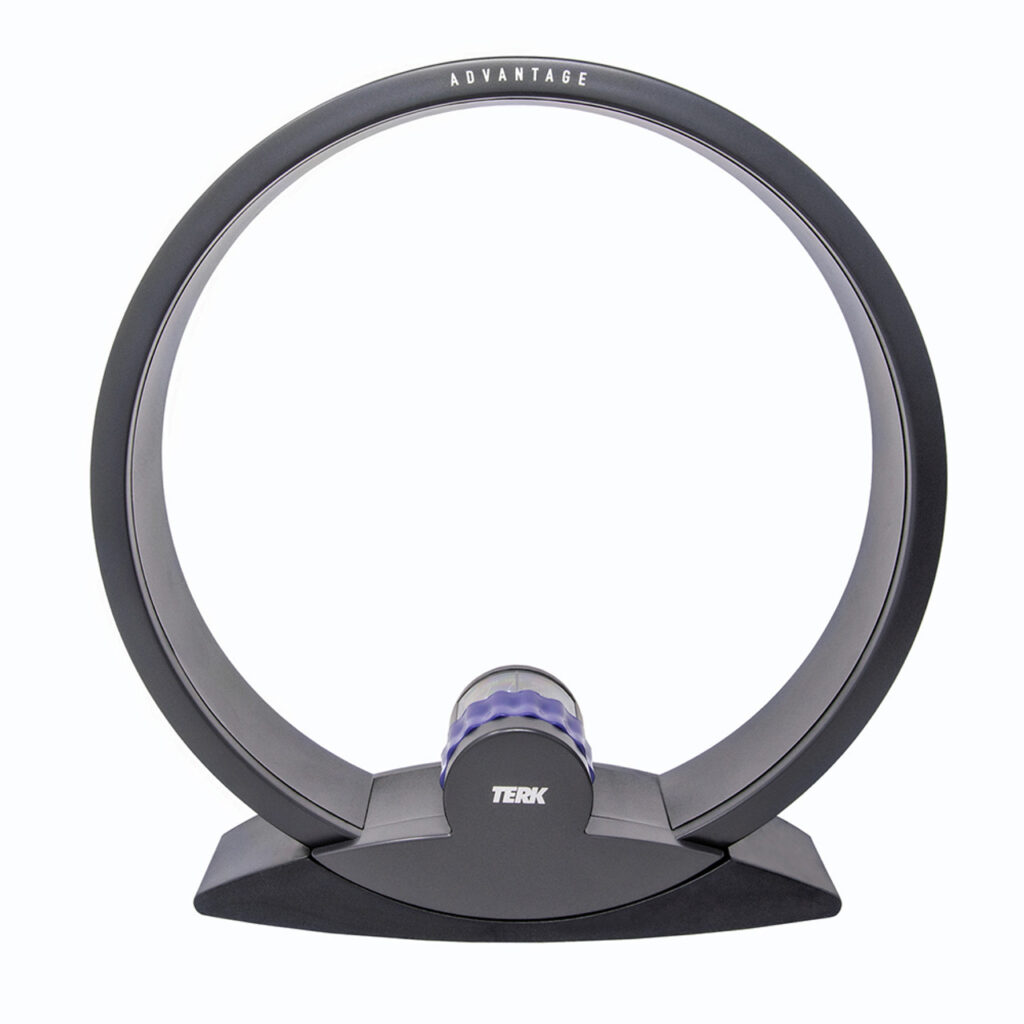
The loop that came to mind is the Terk AM Advantage. I tested it here. Designed to boost signals on medium wave, it is a nine-inch tunable loop encased in plastic that requires no power supply. It inductively couples with the ferrite antenna inside a portable radio. But I seemed to recall that it also comes with a direct wire connector that can be used with some radios. Perhaps I could connect it to my CCrane EP-PRO which has clips and a switch for an external medium wave antenna on the back of the case.
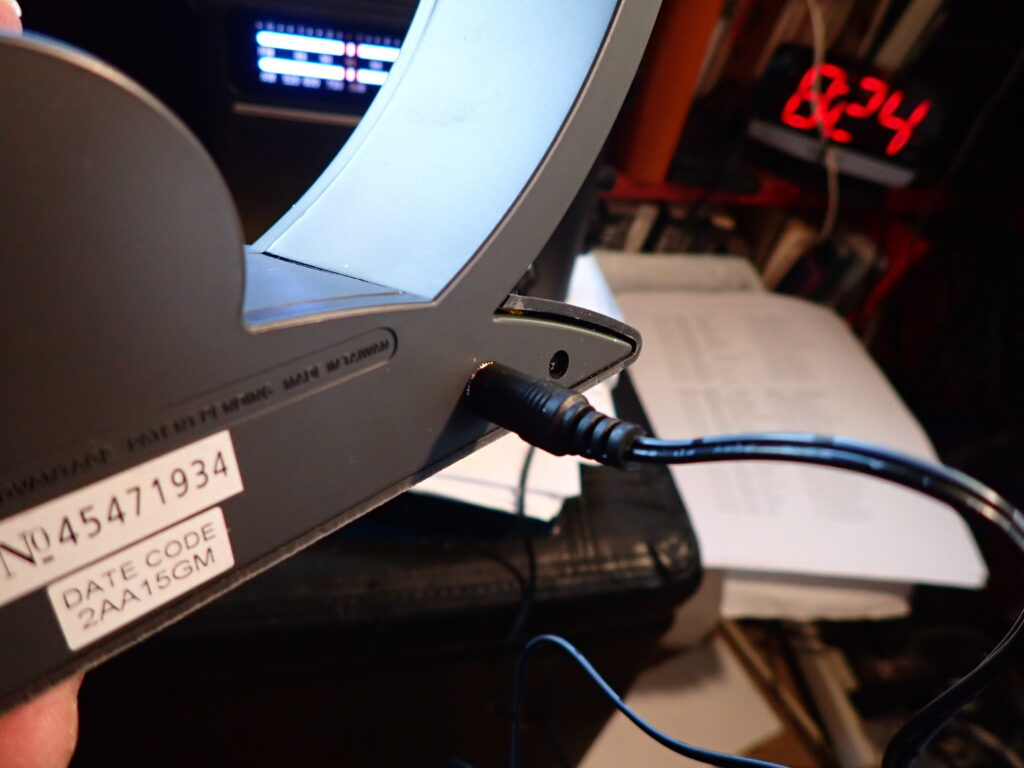
I found the Terk AM Advantage easily enough, but the direct wire connector required a major archeological dig. Once I unearthed it, I plugged the connector into the back of the Terk AM Advantage, slipped the wires from the connector into the clips on the back of the EP-PRO.
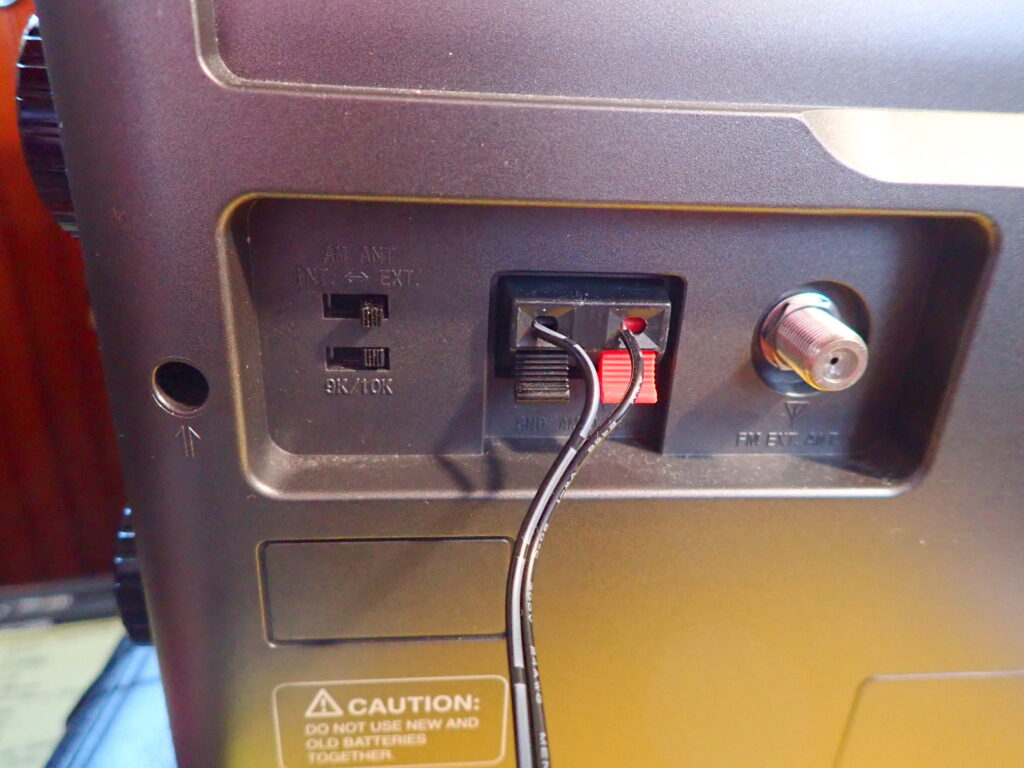
Now to try it out . . .
Tuning slowly down the dial, I found across a very faint signal that I could barely copy. Reaching around the back of the EP-PRO, I switched from the EP-PRO’s internal antenna to the Terk AM Advantage external loop antenna (which I was holding in my hand), rotated it from side to side, tipped it back and forth, and – tah-dah! – was rewarded by a far more copyable signal. It was WEEU in Reading PA, 200 miles away, transmitting 6,000 watts into the darkness on 830 kHz. Switching back to the EP-PRO’s internal antenna, I tried rotating the EP-PRO to optimize the signal but could not produce a signal that was as good as the external loop.
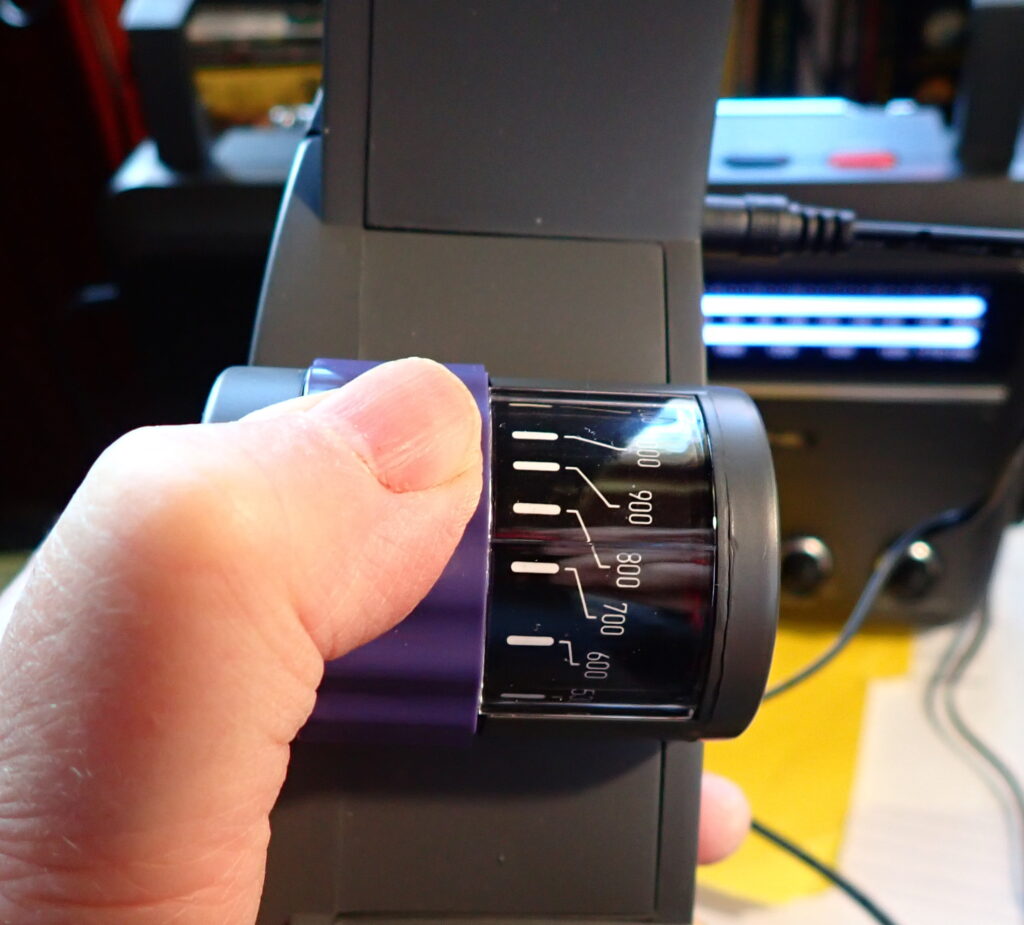
Repeating the procedure with additional faint stations, I got the same results: better reception with the handheld loop antenna, and it was fun and easy to use. I held it in my left hand (it’s light) so I could rotate the dial that peaks the signal with my thumb and working the tuning knob on the EP-PRO with my right hand. It was a very pleasing, almost addictive, experience.
If you’re looking for a potent setup for medium wave DXing, I can recommend the EP-PRO/Terk AM Advantage combo, even though it wasn’t my original objective. Call it serendipity.
In the meantime, does anyone know what might be the smallest loop that could be handheld for shortwave reception and would provide a performance boost over a whip antenna?

